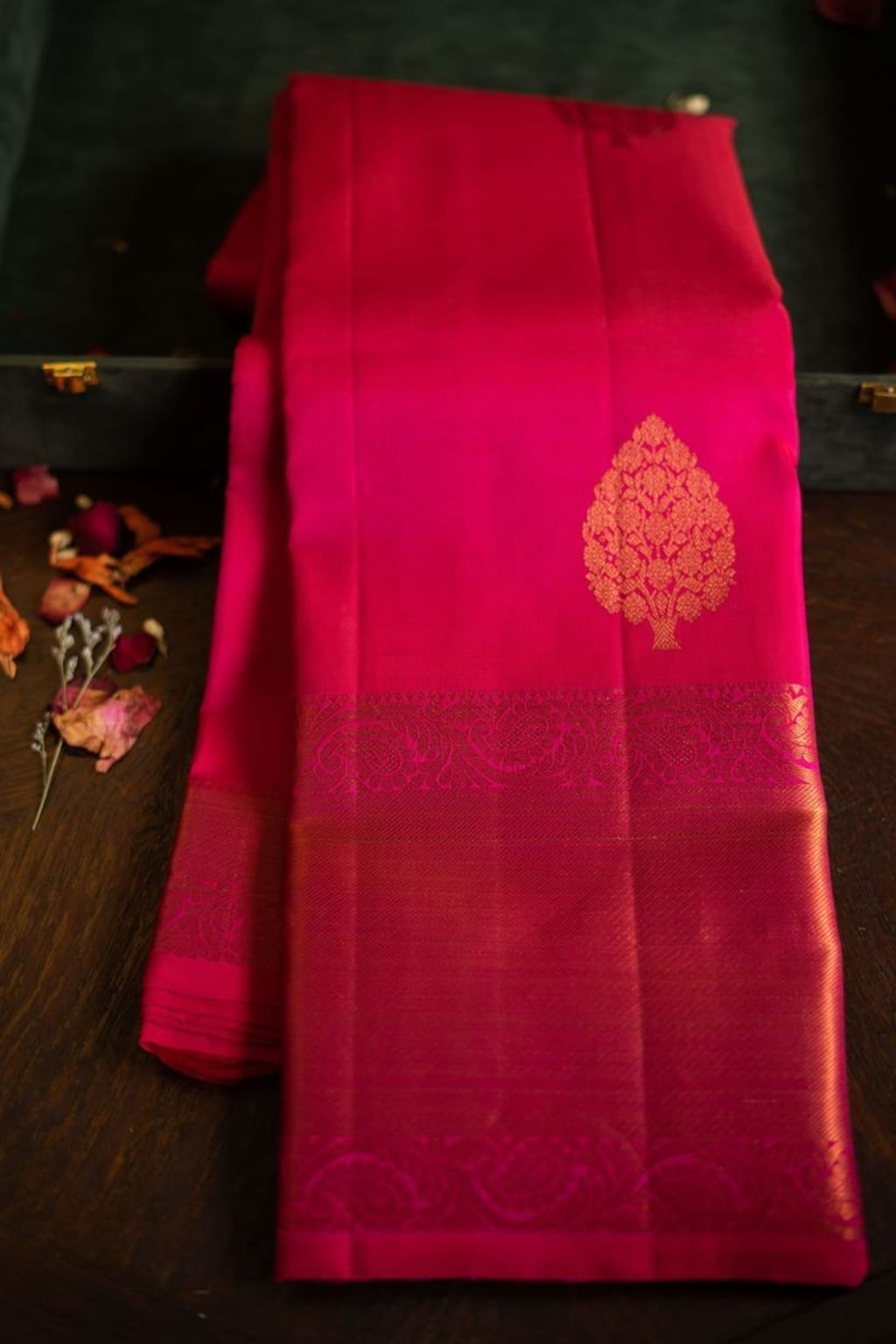Exploring the Timeless Elegance of Tamil Sarees"
Beauty of tredition

The Tamil culture has a rich legacy of sarees. In Tamil Nadu, the saree is highly valued culturally and socially, with distinct regional patterns and draping techniques. Kanchipuram silk sarees, Madurai cotton sarees, and Chettinad cotton sarees are examples of traditional Tamil sarees, each with its own unique design, motif, and weaving technique. Sarees are worn on a variety of occasions, including weddings, festivals, and cultural events, expressing the region's tradition and aesthetic preferences.
The saree is more than just a garment; it represents heritage, grace, and beauty.
Here are some additional features of Tamil culture regarding sarees:
Draping Styles:
Tamil Nadu is recognized for its distinct draping styles, which vary in how the saree is worn, such as the Madisar style, which is traditionally worn by married women during auspicious occasions and rituals.
Motifs and Designs:
Tamil sarees include rich motifs and designs that frequently represent the region's cultural past. These themes may include temple designs, traditional patterns like as checks and stripes, and floral motifs, each with its own importance.
Occasions and Significance:
Sarees are worn on different occasions in Tamil Nadu, ranging from daily use to major events like weddings, holidays such as Pongal and Diwali, and cultural performances.
Different sarees are chosen based on the event and the wearer's taste.Tamil Nadu has a significant handloom history, with many trained artisans working on the delicate weaving of traditional sarees. Handloom sarees, like as Kanchipuram silk and Madurai cotton sarees, are widely recognized for their skill and fineness.
Symbol of identification:
Sarees are also a symbol of identification and pride for Tamil women, representing their cultural background and family traditions. The choice of saree and draping manner can reveal a lot about the wearer's geographical and cultural heritage.
Modern Influence:
While traditional sarees remain important in Tamil culture, there is also a blend of traditional and modern aspects in saree designs and styling.
Overall, sarees are an important part of Tamil culture, functioning as more than just a piece of clothing but also a symbol of history, identity, and craftsmanship.
In addition to the generic aspects described before, Tamil culture has several unique qualities associated to sarees:
Pattu Sarees:
Pattu sarees, particularly Kanchipuram silk sarees, are extremely popular in Tamil Nadu. These sarees are distinguished by their luxurious silk fabric, elaborate zari work, and brilliant colors. They are widely regarded as auspicious, and brides frequently wear them at weddings and other major rituals.
Temple Sarees:
Certain sarees are associated with temples in Tamil Nadu. These sarees are frequently donated to deities as part of temple rituals and are considered sacred. Devotees may also wear these sarees to temples as a symbol of respect and devotion.
Regional variations: Saree styles vary by area in Tamil Nadu. For instance, Chettinad cotton.
Saree Exchange:
During festivals and special events, women often exchange sarees as a show of love and friendship. This ritual promotes social links and is viewed as a method to honor relationships and mutual respect.
Saree Draping Competitions:
In recent years, saree draping competitions have become increasingly popular in Tamil Nadu.
These competitions highlight varied draping styles and techniques, recognizing the artistry and inventiveness of saree wearers.These distinct components give depth and character to the already complex tapestry of Tamil saree culture, emphasizing the region's rich traditions and customs.

Happy to share this Explore the Rich Tapestry of Tamil Saree Heritage."
Revival of Heritage Weaves: Efforts are being made to rehabilitate and promote ancient saree weaving processes and heritage crafts that were on the verge of extinction. Organizations, designers, and government initiatives work with weavers and craftspeople to preserve and revitalize these treasured traditions.Global Influence and Adaptation: Sarees have crossed cultural barriers and are worn by people of all civilizations around the world. They have been tailored to diverse cultural situations, with international designers developing saree-inspired ensembles and saree draping workshops held in several nations.Online Marketplace: With the introduction of e-commerce, sarees have become more accessible to a global audience. Online platforms provide a diverse selection of sarees from many areas, allowing individuals to browse and buy sarees with ease.Symbol of Celebration: Sarees are frequently gifted and traded.






Comments
There are no comments for this story
Be the first to respond and start the conversation.